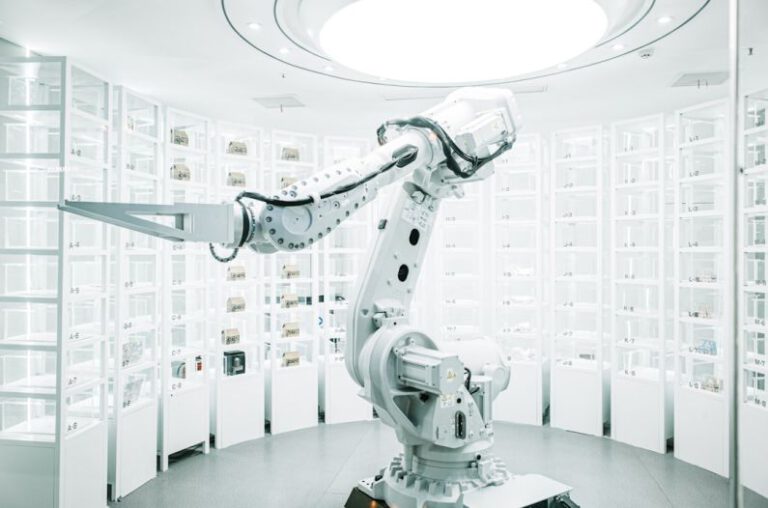Cyborgs Among Us: the Integration of Man and Machine
In a world where technology continues to advance at an unprecedented rate, the line between man and machine is becoming increasingly blurred. The concept of cyborgs, once confined to the realms of science fiction, is now a reality. From artificial limbs and pacemakers to advanced prosthetics and neural implants, the integration of man and machine is revolutionizing the way we live our lives.
The Evolution of Cyborg Technology
Advancements in medical technology have paved the way for the development of increasingly sophisticated cyborg enhancements. Prosthetic limbs, once clunky and limited in functionality, are now being designed to mimic the movement and dexterity of natural limbs. Bionic eyes are allowing the blind to see, while cochlear implants are restoring hearing to the deaf. These advancements are not just improving the quality of life for those with disabilities; they are also pushing the boundaries of what it means to be human.
The Rise of Neural Implants
One of the most cutting-edge developments in cyborg technology is the use of neural implants to enhance cognitive function. These implants, which are surgically implanted into the brain, can be used to treat conditions such as Parkinson’s disease and epilepsy. They can also be used to enhance memory, learning, and problem-solving abilities. While the idea of implanting a computer chip into the brain may sound like something out of a sci-fi movie, the reality is that this technology is already here and is only going to become more prevalent in the future.
The Ethical Implications of Cyborg Technology
As cyborg technology continues to advance, so too do the ethical questions surrounding its use. Should we be allowed to enhance our bodies with technology? What are the implications of merging man and machine? These are complex questions that do not have easy answers. On one hand, cyborg technology has the potential to improve the lives of millions of people. On the other hand, it raises concerns about privacy, security, and the potential for abuse. As we continue to integrate man and machine, it will be crucial to carefully consider the ethical implications of these advancements.
The Future of Cyborgs
The integration of man and machine is only going to become more common in the future. As technology continues to advance, we can expect to see even more sophisticated cyborg enhancements that blur the line between human and machine. From exoskeletons that enhance strength and agility to brain-computer interfaces that allow for seamless communication with machines, the possibilities are endless. While the idea of cyborgs may still seem like something out of a sci-fi movie to some, the reality is that we are already living in a world where man and machine are becoming increasingly intertwined.
In Closing: Embracing the Cyborg Future
As we stand on the cusp of a new era of human evolution, it is important to embrace the integration of man and machine with an open mind. Cyborg technology has the potential to improve lives, enhance capabilities, and push the boundaries of what it means to be human. While there are certainly ethical considerations to be mindful of, the benefits of cyborg technology cannot be ignored. By embracing this future with curiosity and caution, we can ensure that the integration of man and machine leads to a brighter, more technologically advanced future for all of humanity.






